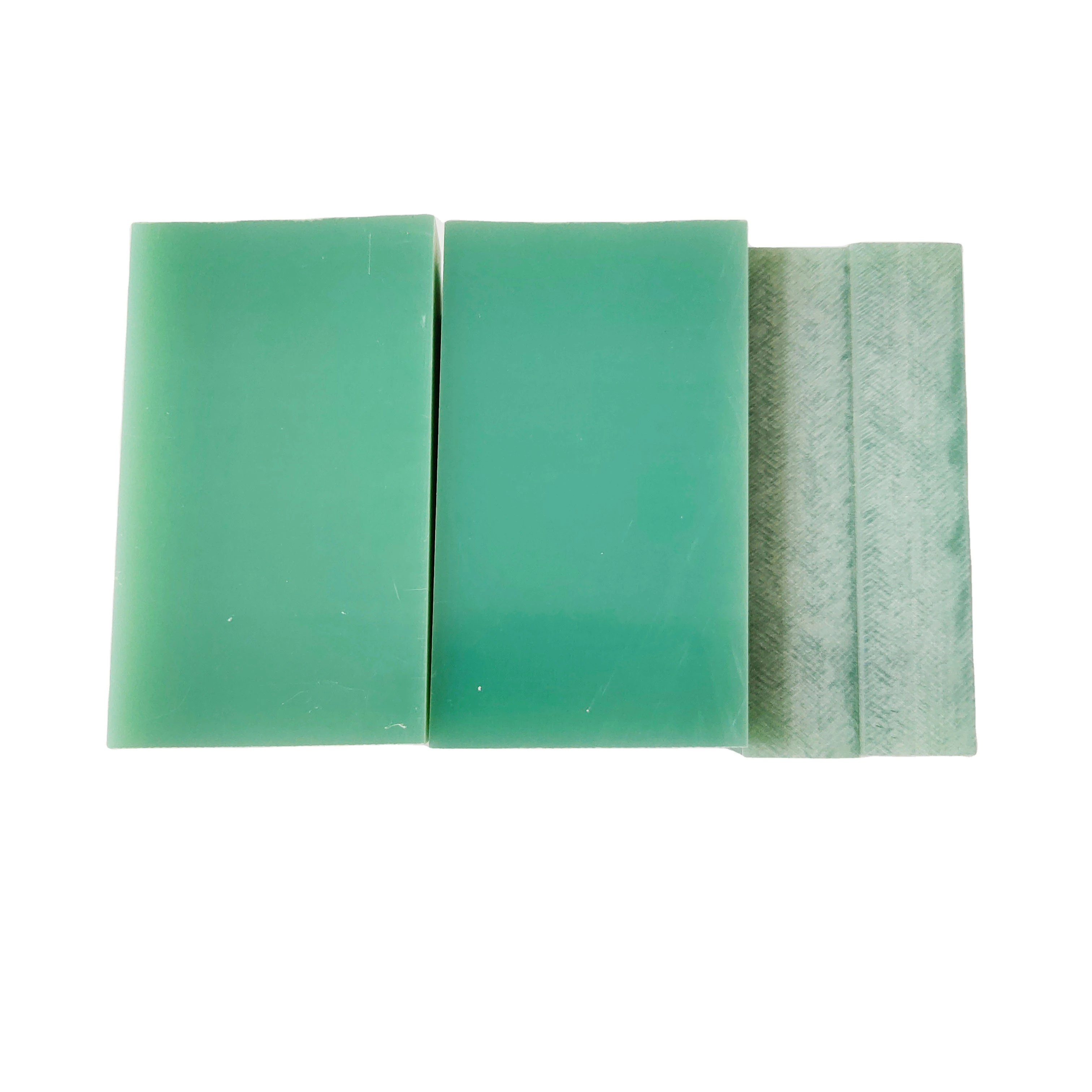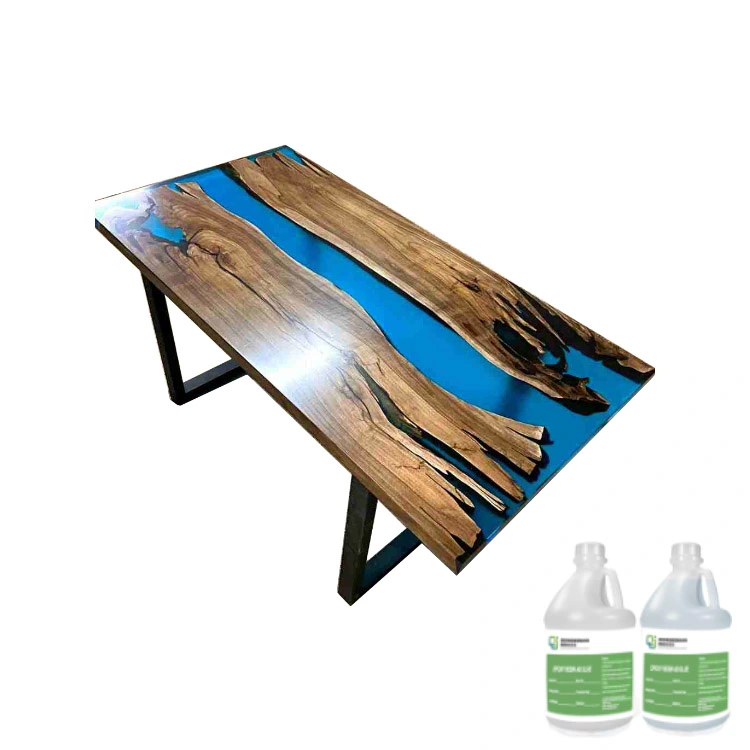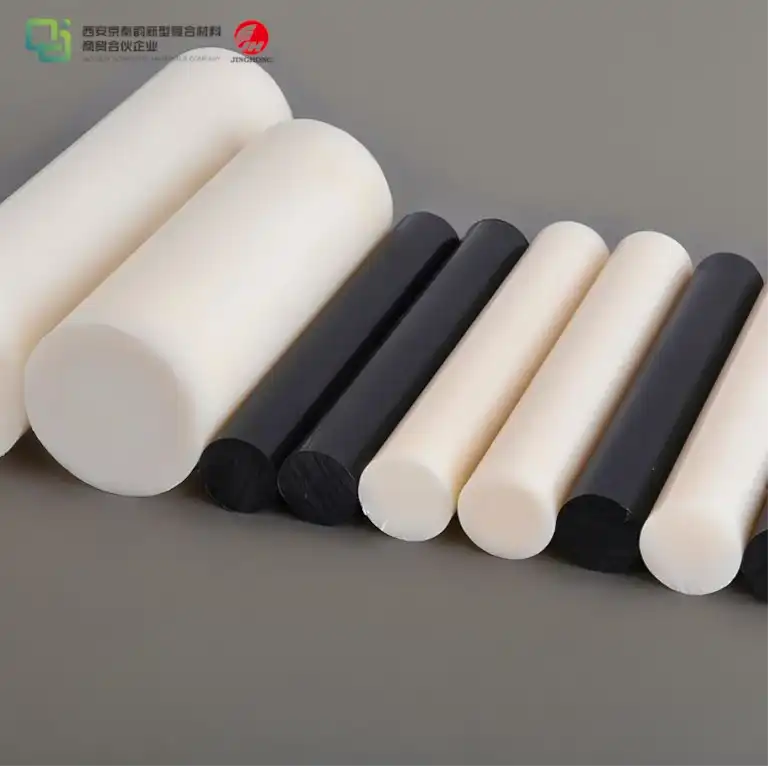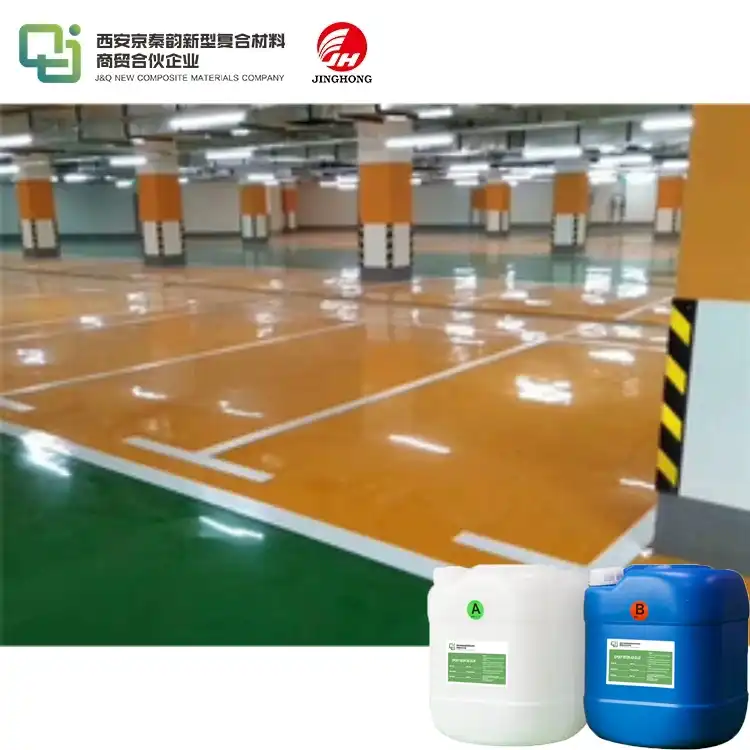FPC vs PCB
2021-08-24
1. What is FPC?
FPC is also known as FPCB, a full name is a flex print circuit board, a scratch (Náo) circuit board or soft plate, refers to a printed circuit board made of flexible insulating substrate, is a PCB (Printed A Circuit Board. Compared to rigid printed wiring boards, it can be flavored, smaller, weight lighter, and the role of turning on and bridge in electronic products, making the product performance, smaller volume.
The FPC and the rigid printed circuit board have no absolute performance, only body type and soft and hard differences. Because thin and soft, FPC application scenarios are more compact and need soft-connected places, the most common, such as tiny electronic products, flip phones, laptops, etc. All-in-one data connectivity parts, etc.
2. The differences between FPC and PCB
Similarly, the FPC and the plates are very similar, and the hardships are from their substrates and copper. The so-called copper plate is called a copper-pro-Clad Laminate, also called a substrate or a multi-layer printing plate. A variety of different forms, different function printed circuit boards are selection, etching, drilling, and copper plating on the copper plate, making different printing circuits.
Soft: The hardboard usually uses the FR4 sheet to make substrates, it is not bent and deflected. The FPC is generally made of a PI polyimide, which is a flexible material, so it can be arbitrarily bent, flex, and thus the FPC substrate we refer to Flexible Copper Clad Laminate flexible copper. For example, the FPC of the slider mobile phone connection screen can be corroded around 100,000 times.
Thin: The thickness of the hard board is usually 0.2mm to 2mm, while the thickness of the FPC is generally 0.2mm, which greatly saves the product space. The disadvantage of which is that the FPC is slightly poorly heat dissipation.
The internal structure of the FPC is like a stacked music. In addition to the single panel, the double-sided and multi-panels have a covered film with a few layers of copper foil, and the copper foil is sandwiched between the copper foil and the copper foil. . If this structure does not understand this structure, we can imagine the structure of the FPC is a burger. The cover film is the burger embryo. The copper foil is beef cake, the substrate and glue are like a lettuce and sauce in the meat. . When eating a burger, there are several beef cakes. We said that this is a few layers of burgers, then mapped to the FPC, simply there are several layers of copper this is a few FPCs.
3. Analysis of FPC Process
1. Copper foil section
First, the copper foil needs to be processed, and if it is a double panel or multilayer panel, it is also necessary to drill and the via hole process.
Cut
The bought of copper foil first needs to cut the original large area material into the required work size.
Drilling
In order to turn on the upper and lower lines of different levels, it is necessary to achieve a connection in a plating hole in a duplex or multi-layer plate, and the bore is required to be bored before the via hole process is to be used to deposit copper.
PTH plating through hole
A total known as Plating Through Hole, that is, in the case of no current, the catalytic (palladium and copper atom as a catalyst) is redox reaction, and is copper ions plated on the surface of the activated processed or the surface of the copper foil. The process, also known as chemical copper plated or self-catalyzed copper plating. This step is to sink a layer of thin copper on the hole wall of the bore, preparing for the next copper plating.
-
Doing a PTH process is long, there will be many sinks, each sink has different effects, and each time the board is taken out from the slot. In general, there are the following 7 major steps:
-
The entire hole: cleaning the panel, the negative charge of the hole wall is positively charged to facilitate adhesion of the negative charged palladium rubber.
-
Welness: Cleaning the panel; roughening the surface of the copper foil to increase the adhesion of the coating.
-
Pour: Cleaning the plate surface; remove the oxide layer, impurities.
-
Precision: Prevent contamination of the activation tank.
-
Activation: The palladium rubber is attached to the wall.
-
Speedization: PD ions are also protocol to PD atoms to enable chemical copper to top.
-
Chemical copper: The copper is deposited in the surface of the orifice wall and the copper foil by chemical reaction.
Chemical cleaning
The final step of the copper foil is to remove oxidation, oil, impurities of the surface of the copper foil by chemical cleaning, and the surface of the rougon surface, while each cleaning will reduce the thickness of 0.03 mil ~ 0.04 mil. The process is injection, cold etching, circulating water washing, water washing, anti-oxidation, circulating water, water washing, drying, drying, discharge.
2. Dry film section
After processing the copper foil, it is necessary to carry out the dry film-related process. It is popular to draw the line drawing in the copper foil, so that everyone can know where there is no line, where is a line.
Dry film
The dry film is a polymer compound. The dry film is attached to the sheet which can produce a polymerization to form a stable material to form a stable material to form a stable material to form a stable substance to reach the function of blocking the plating and etching.
Exposure
The product demand rules to achieve the effect of the image transfer via the image exposure principle using the characteristics of the dry film (the wavelength of the fixed energy).
Develop
The developing is both a dry film that has been exposed to light, and the dry film that is not subjected to the UV light irradiated, and the dry film that is not subjected to the UV light irradiation is retained to substantially mold the line.
Etch
The etching liquid is to bite the bare copper that is not covered by the dry film, so that the unnecessary copper layer is removed, leaving only the necessary lines.
Demeal
The dry film left on the line is completely removed by NaOH, and the line is molded.
3. Whole board section
Protective film
The surface of the circuit board is attached to the protective film, preventing the line from being oxidized and scratched, while preventing welding and insulation, increasing the action of flexibility.
Press
The purpose of pressing is to make the protective film on the plate, by control of temperature, pressure, pressing time, laminated combination method, and the like to achieve good adhesion, and minimize the occurrence of operations. Cross, bubbles, wrinkles, and spilibulus.
Surface treatment
After the press is completed, according to the customer's demand, the copper foil is barely plated with metal or a metal such as tin or nickel gold, and the method employed can be plated or chemically plated.
Tonic
In FPC production, it is often necessary to enhance local or overall, that is, increased local thickness or hardness, thereby achieving the use of the FPC and installed environment, so it is necessary to reinforce hard according to customer drawings. Role.
Using polyester or stainless steel mesh as a vector, the pattern of the positive and negative sheet is transferred to the mesh plate to the mesh plate, as a tool opposite.
Electrical performance test
The test instrument is used to test the conduction and electrical properties of the board to ensure that the electrical properties of the board can be more correct.
4. Shipping section
The test completed the production process of the circuit board, and the next step is to take care of the customer.
Dipestable profile: Put the multi-piece work board, divide or cut the inner slot in accordance with customer rules.
Split: Split the soft plate of the compressed end into a strip to meet the duty-cutness.
Finished product test: comprehensive testing of the appearance of the flexible circuit board.
Packaging shipping: Package the product in a certain amount and form, and send it to the customer.
Shipment inspection: The product's packaging method, quantity, identification is made check, to ensure the variety of packaging and shipping.




_1747991245292.webp)


